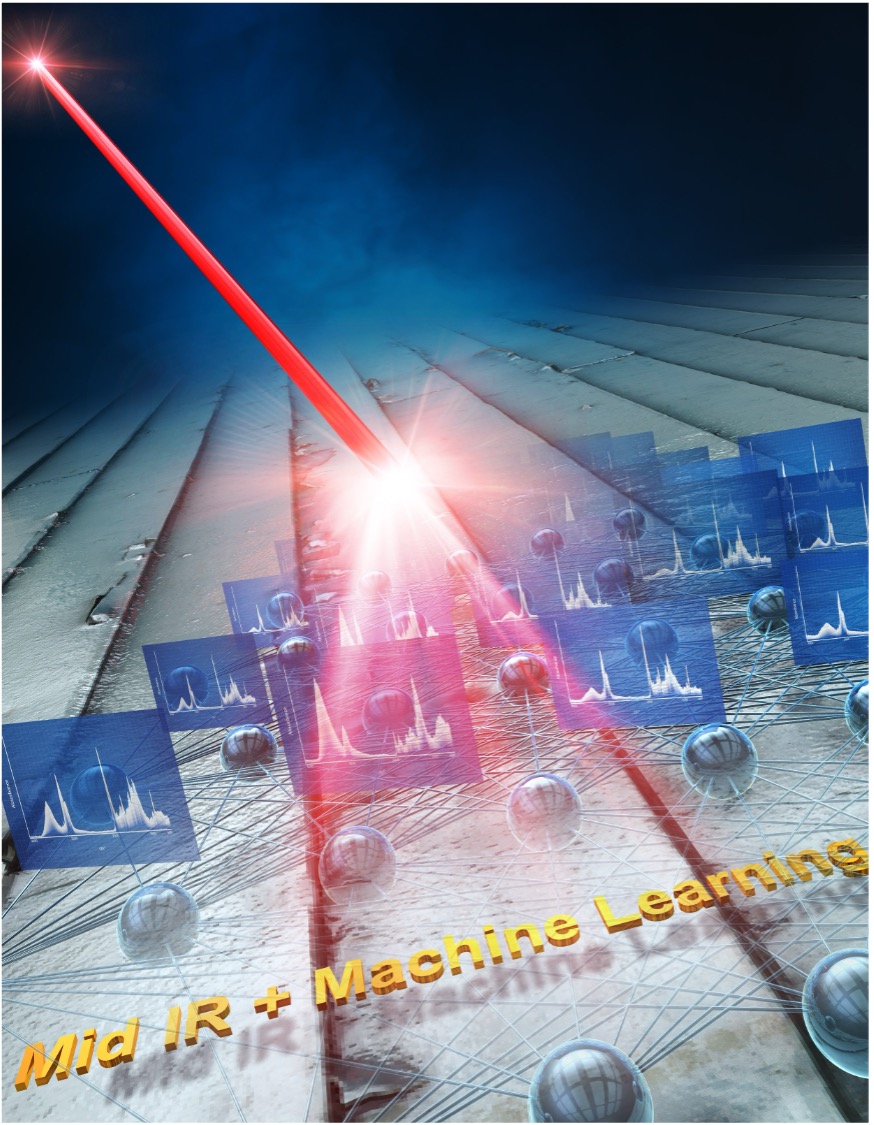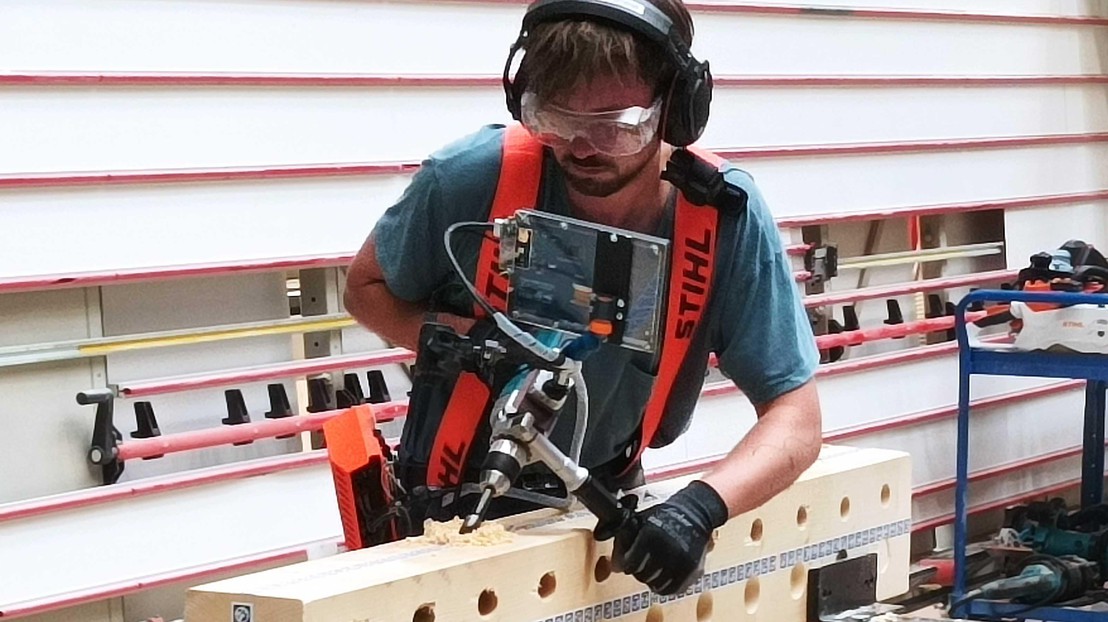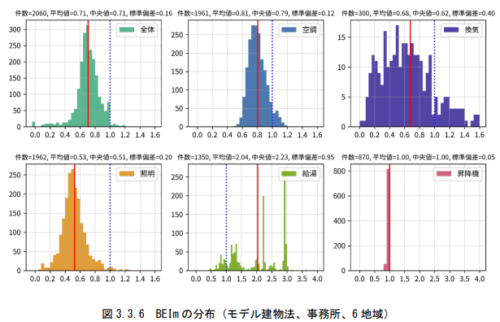2025-04-14 京都大学

赤外スペクトルと機械学習によって塗膜の劣化状態を解析する技術のイメージ。「Advanced Sustainable Systems」表紙(2024年、Teramoto et al. Vol. 8, Issue 2, 2300354)より改変。© Wiley-VCH.
<関連情報>
- https://www.kyoto-u.ac.jp/ja/research-news/2025-04-14
- https://www.kyoto-u.ac.jp/sites/default/files/2025-04/web_2504_Teramoto-f571179e83705fced87688e9ed95c06a.pdf
- https://advanced.onlinelibrary.wiley.com/doi/10.1002/adsu.202401052
中赤外分光法と機械学習を用いた木材用水性塗料の潜在劣化の定量的予測 Quantitative Prediction of Latent Deterioration in Waterborne Coatings for Wood Using Mid-Infrared Spectroscopy and Machine Learning
Yoshikuni Teramoto, Takumi Ito, Chihiro Yamamoto, Kaho Nishimura, Toshiyuki Takano, Hironari Ohki
Advanced Sustainable Systems Published: 19 March 2025
DOI:https://doi.org/10.1002/adsu.202401052
Abstract
Prolonging the lifespan of timber structures requires early detection of latent deterioration in wood coatings before visible damage occurs. This study combines attenuated total reflectance-Fourier transform infrared (ATR-FTIR) spectroscopy with partial least squares (PLS) regression to predict deterioration induced by accelerated weathering (xenon lamp method) in waterborne acrylic coatings varying concentrations of cellulose nanofiber (CNF), an additive known to suppress surface defects and discoloration. Mid-infrared spectral data (400–4000 cm−1) are used as explanatory variables, while weathering duration served as the response variable. Genetic algorithm-based wavenumber selection with PLS (GAWNSPLS) identified critical spectral regions contributing to model accuracy. The models demonstrated strong predictive performance, achieving coefficient of determination (R2) values of 0.95 and 0.92 for coatings with 3.8% and 24.9% CNF, respectively, in leave-one-out cross-validation. Combining data across formulations achieved an R2 of 0.73, showcasing the method’s robustness. Subtle molecular changes, such as carbonyl oxidation and structural rearrangements, are successfully detected. This framework offers a practical tool for evaluating coating deterioration, reducing reliance on labor-intensive inspections, and preventing timber decay. Additionally, the approach can accelerate formulation optimization by improving the efficiency of accelerated weathering tests.



